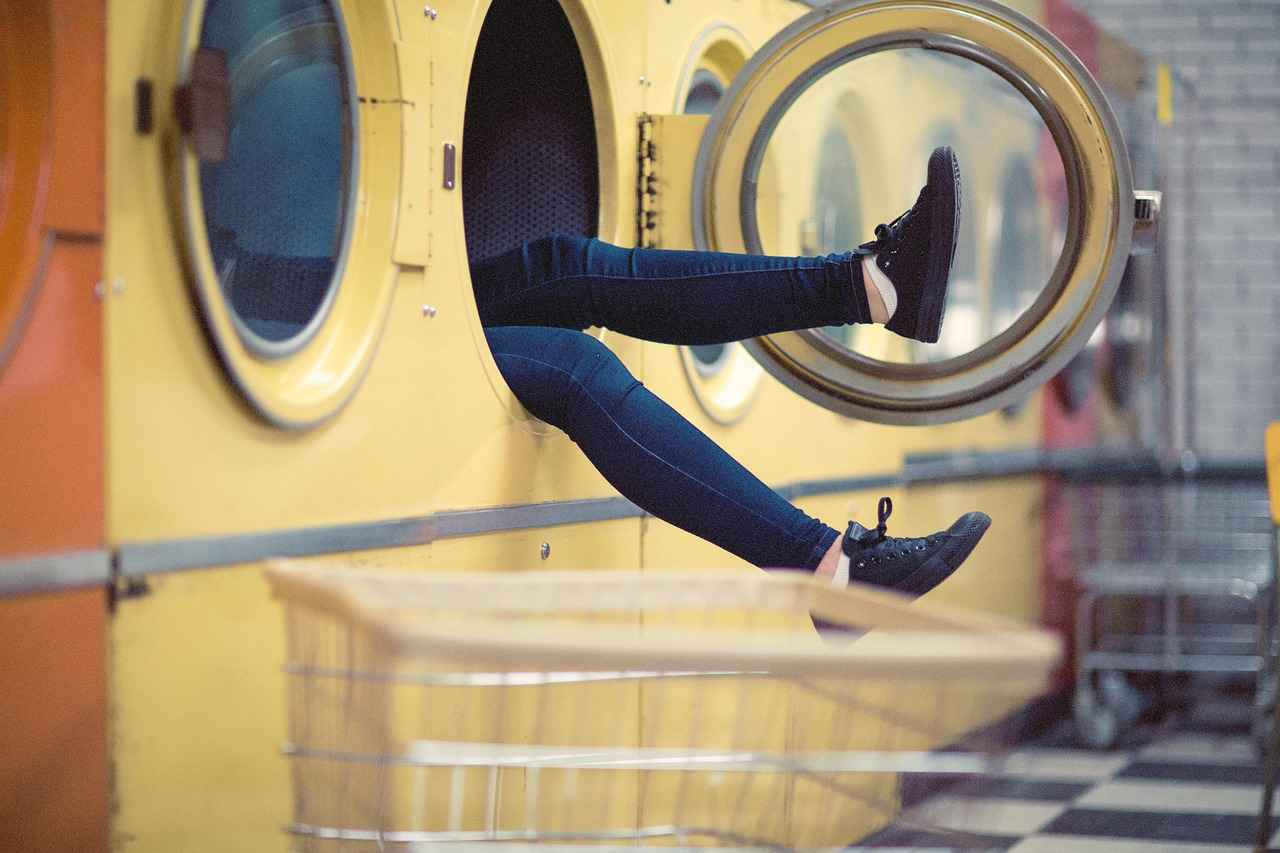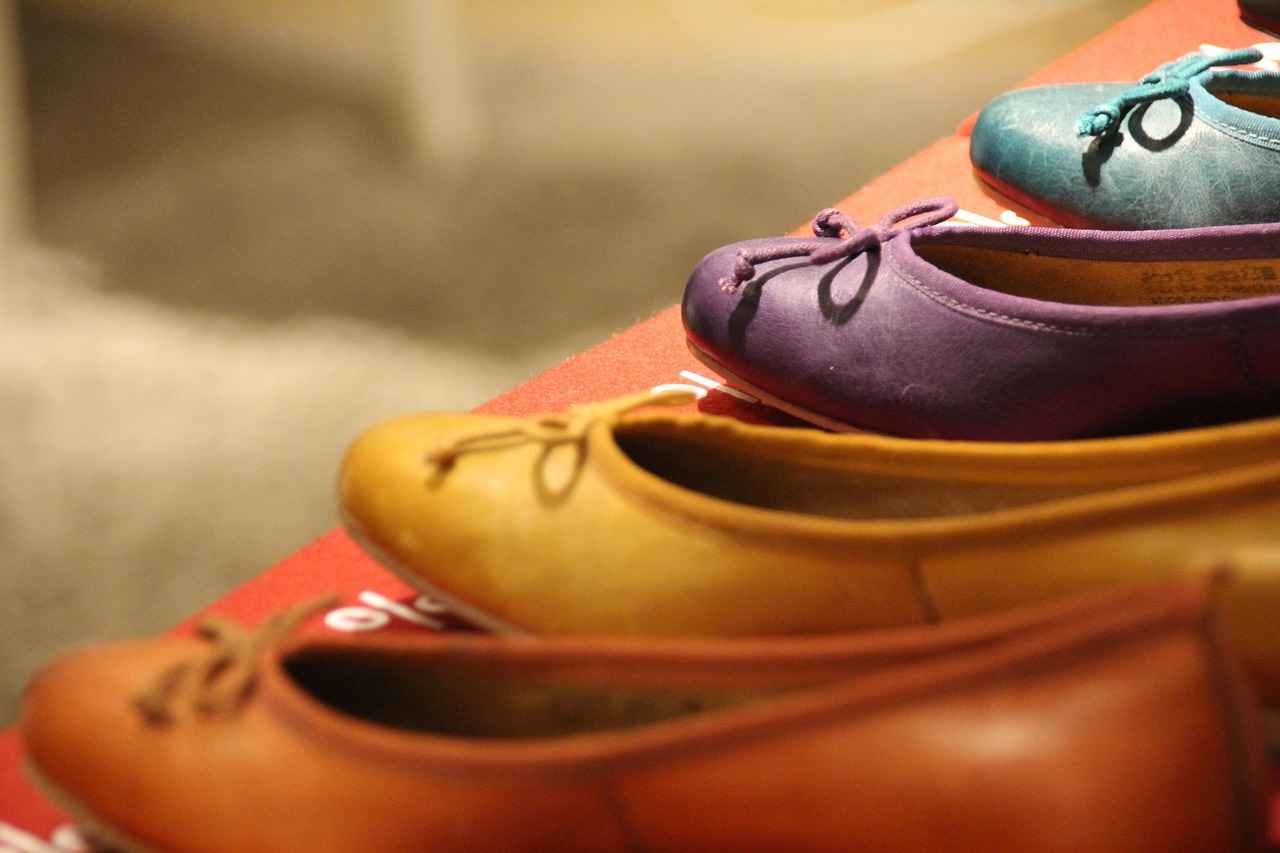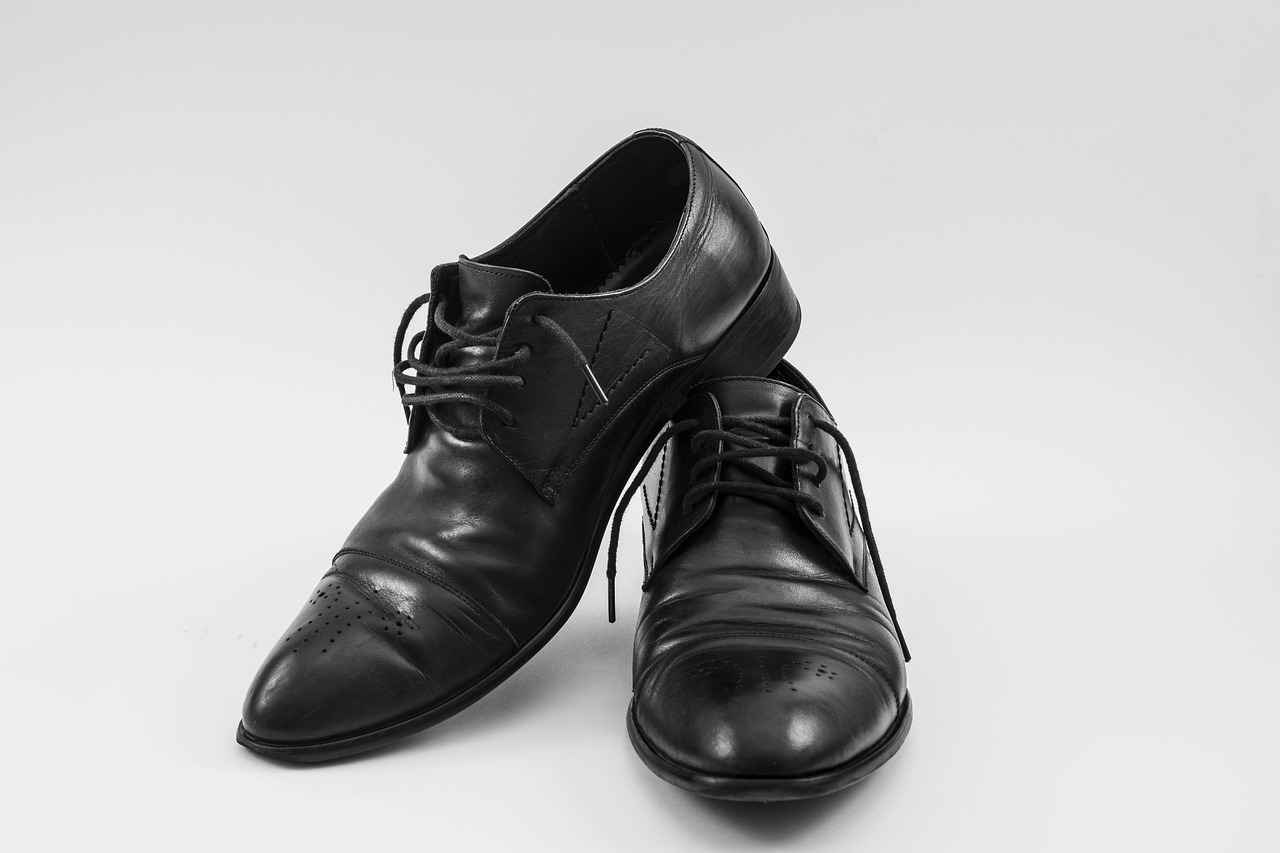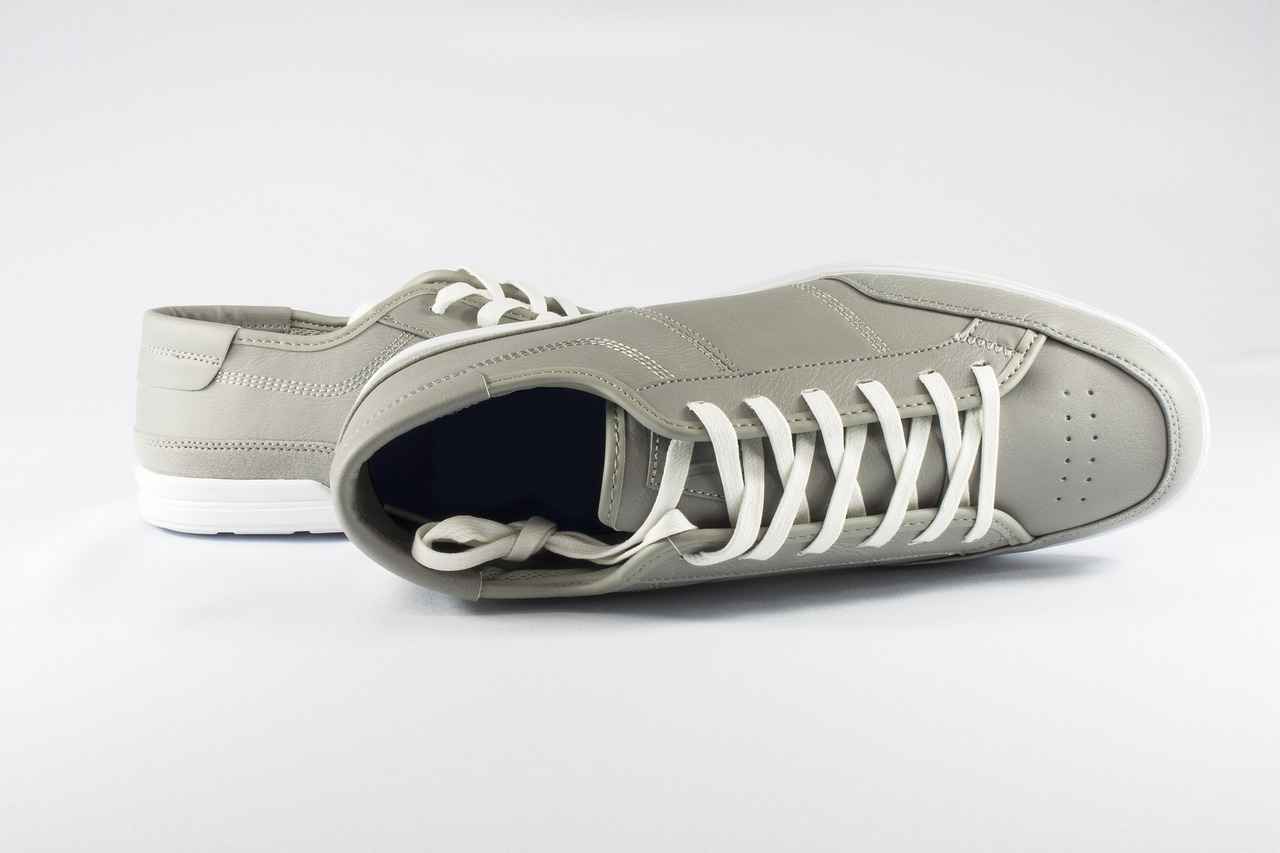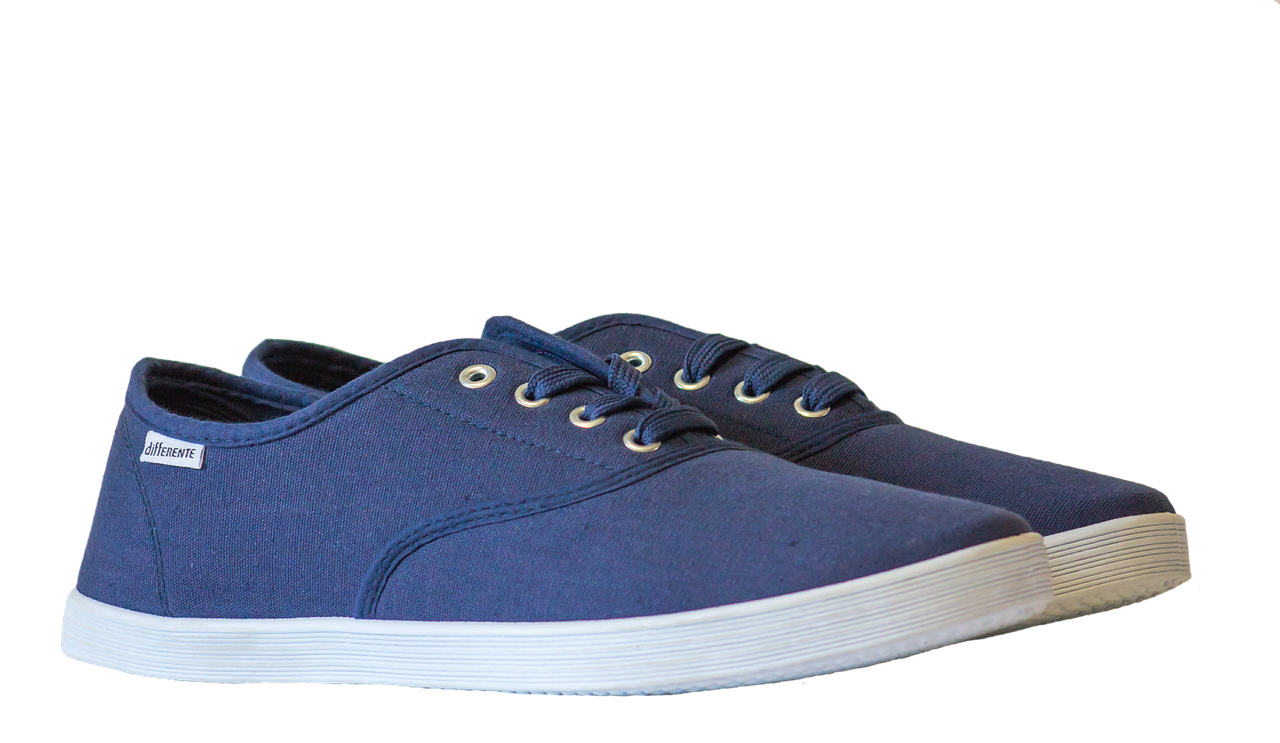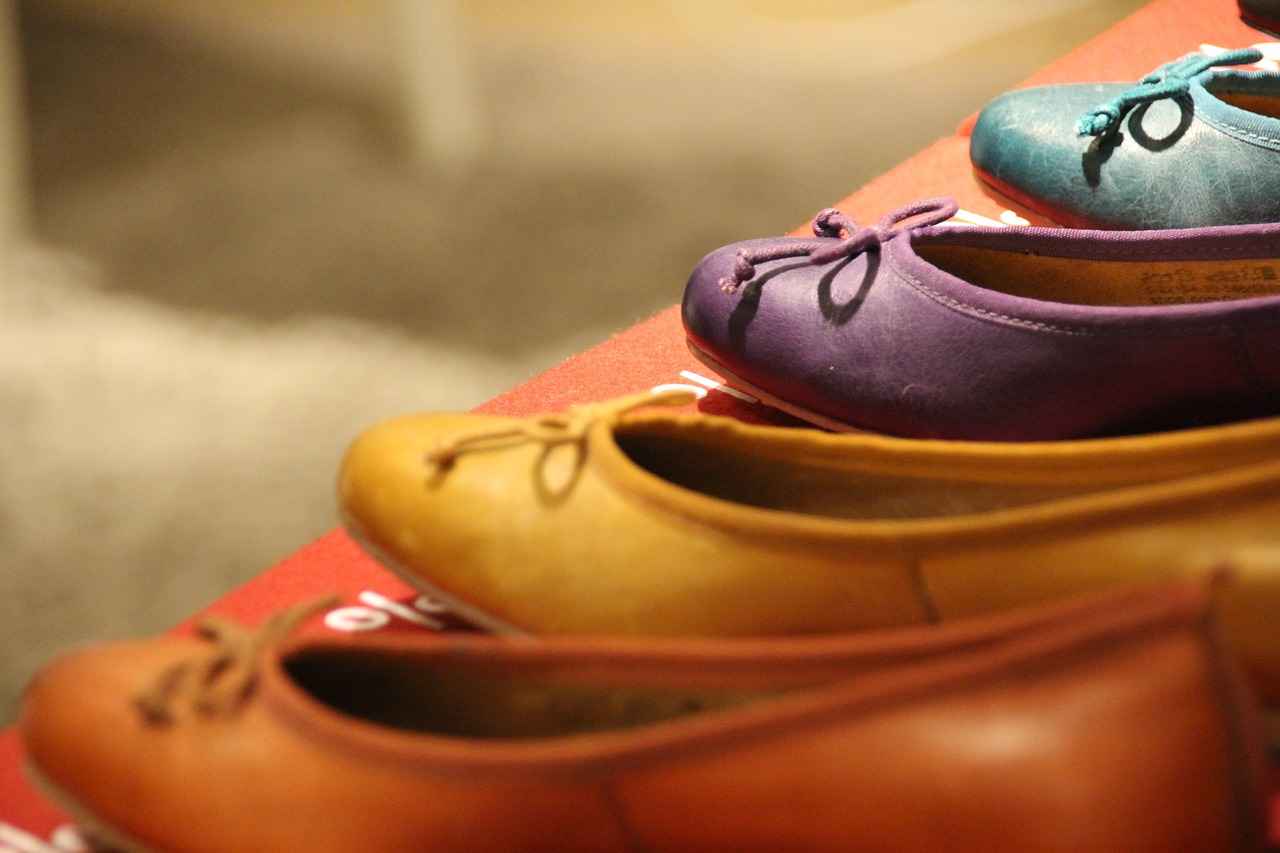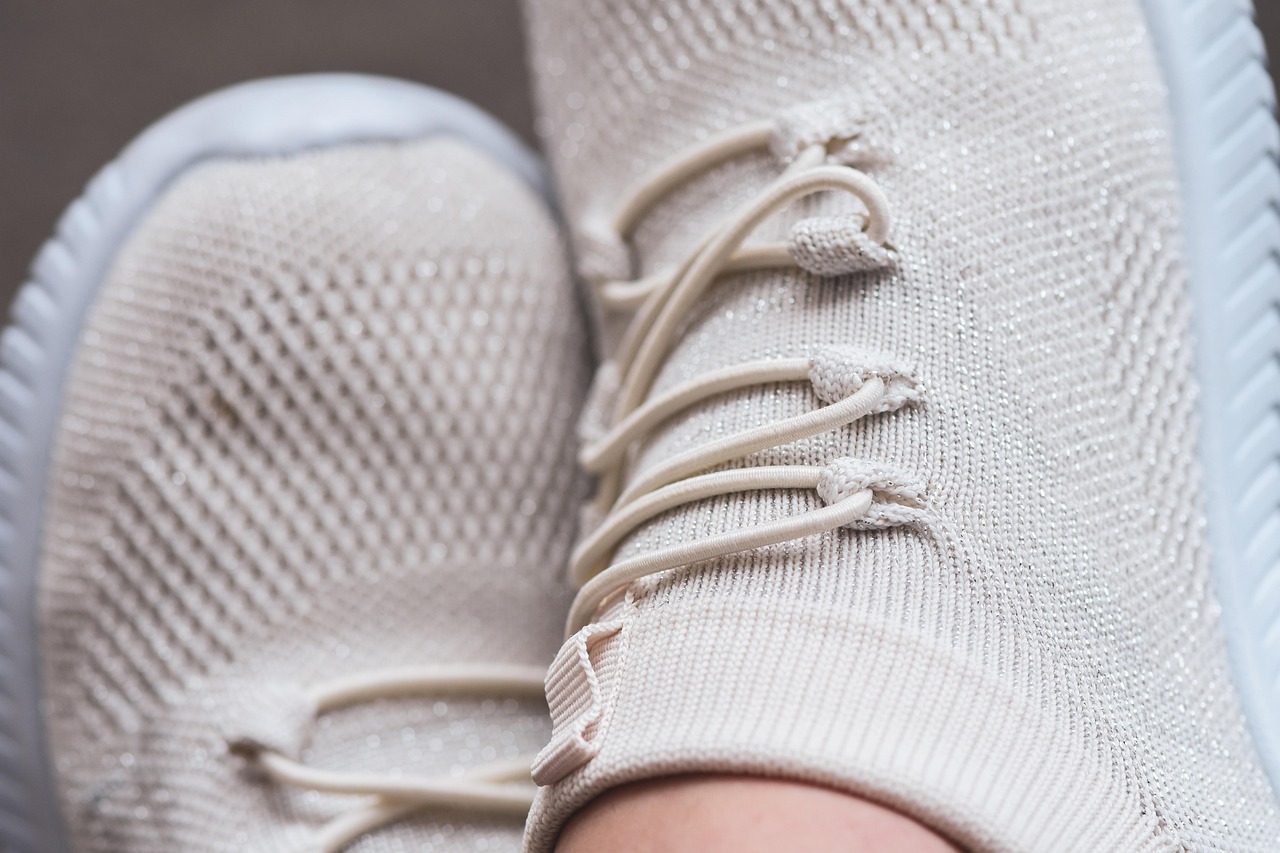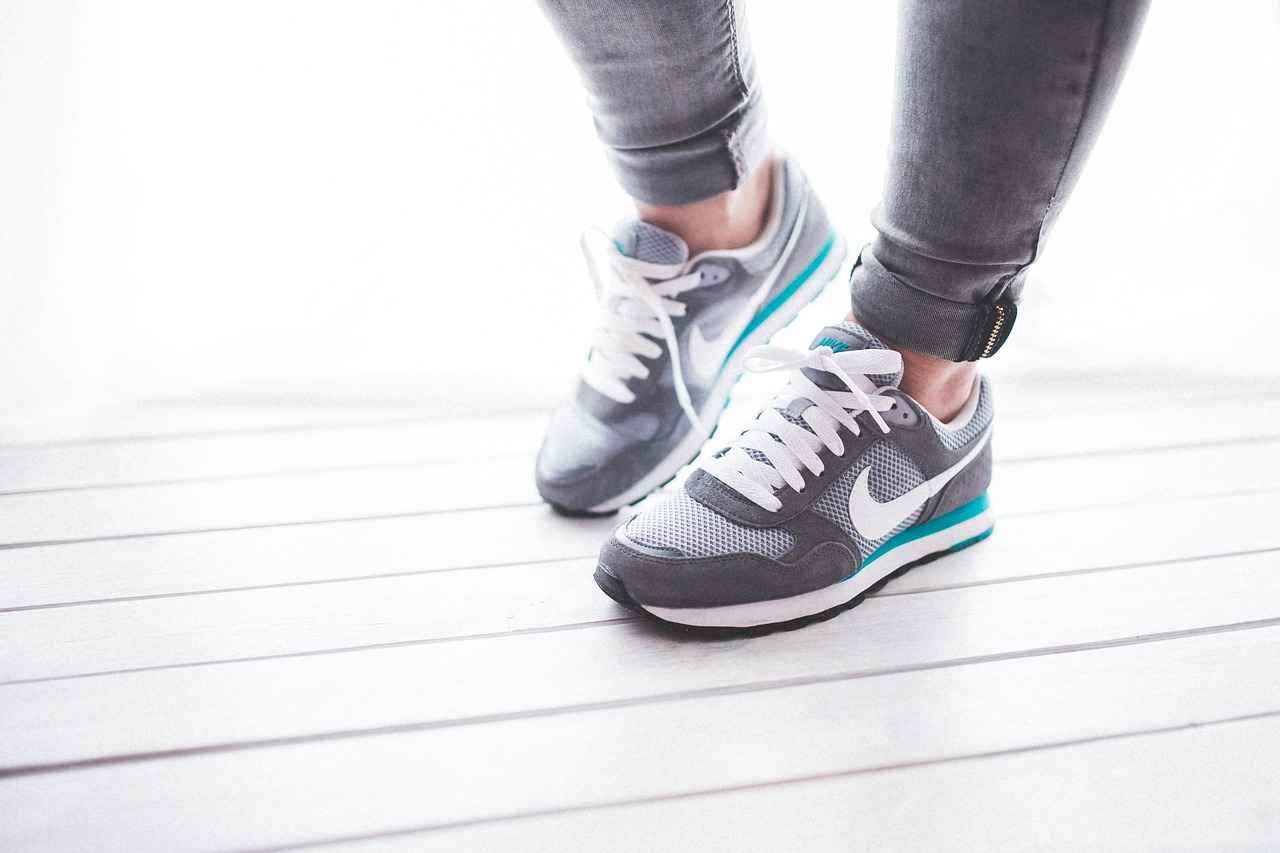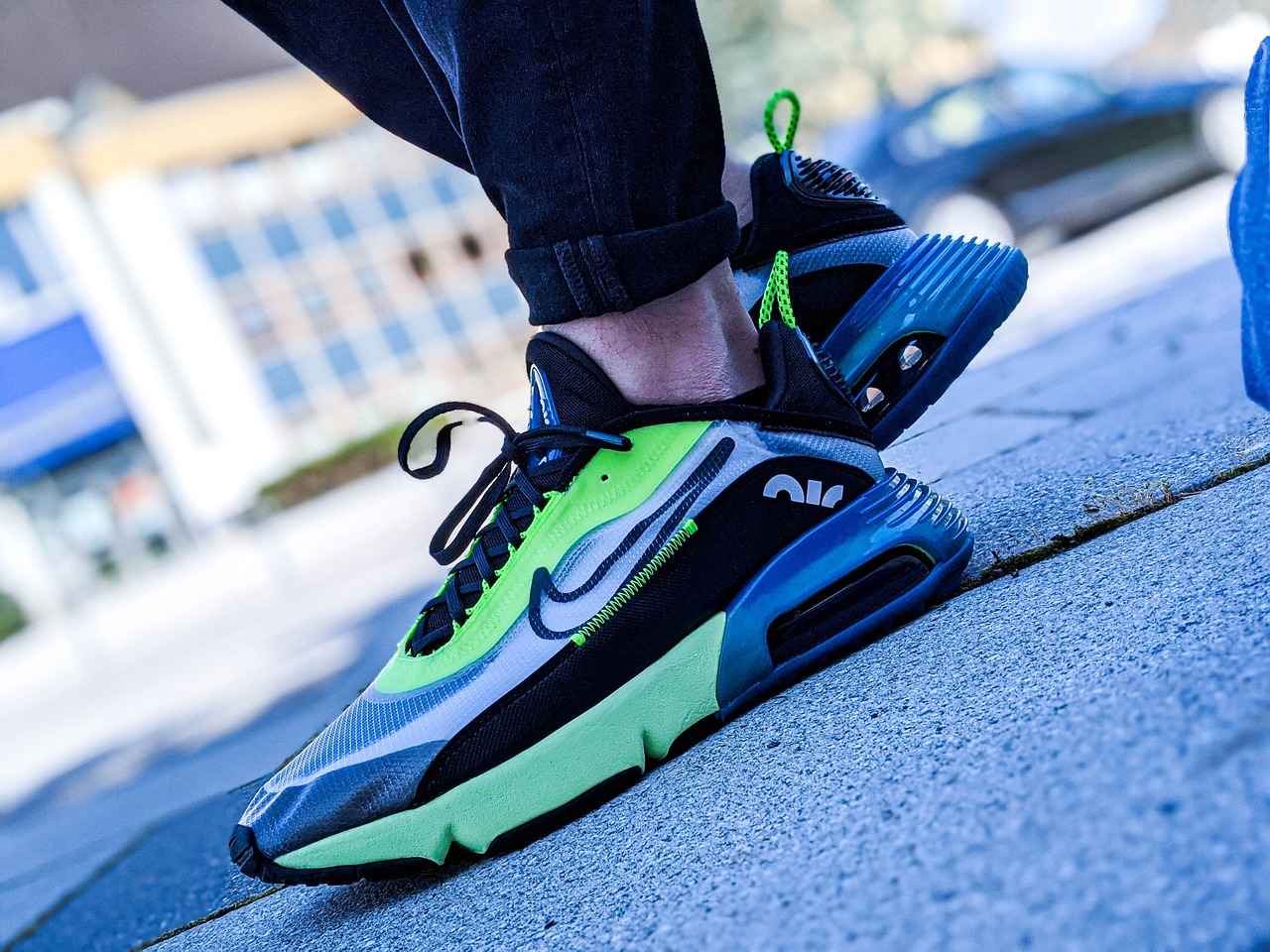This article explores the latest technological advancements in New Balance sneakers, highlighting how these innovations enhance performance, comfort, and sustainability in the footwear industry.
New Balance has consistently been at the forefront of sneaker technology, introducing a range of innovations that cater to both athletes and casual wearers. Their commitment to enhancing performance is evident in the integration of advanced cushioning systems and breathable materials. These enhancements not only improve the overall user experience but also address the specific needs of different types of users.
Among the most notable advancements are:
- Fresh Foam: An innovative cushioning technology that provides a plush, lightweight feel, ideal for long-distance running.
- NB Response: A responsive cushioning system designed for agility and speed, perfect for competitive athletes.
- Hypoknit: A flexible upper material that adapts to the foot’s movements, offering support where it’s needed most.
Sustainability is a core principle for New Balance. The brand actively seeks to reduce its environmental impact through various initiatives:
- Recycled Materials: New Balance incorporates recycled plastics and sustainable materials in its sneaker production, significantly lowering their carbon footprint.
- Waste Reduction: The company implements efficient manufacturing processes that minimize waste and promote recycling.
Cushioning plays a crucial role in sneaker performance. New Balance’s proprietary technologies ensure optimal support and shock absorption, enhancing comfort for athletes and casual users alike.
New Balance designs its sneakers with athletes in mind, utilizing biomechanical research to develop products that align with natural foot movement. This focus on ergonomics helps reduce injury risk and boosts overall athletic performance.
New Balance embraces technology to offer customization options that allow consumers to tailor their sneakers for fit and style. This includes:
- 3D Printing: This technology enables precise adjustments for a personalized fit, ensuring maximum comfort.
- Digital Platforms: Users can visualize and modify their sneaker designs through apps, enhancing the customization experience.
As technology continues to evolve, New Balance is committed to exploring new materials and designs that prioritize both performance and sustainability. The brand’s dedication to innovation positions it as a leader in the ever-changing landscape of sneaker technology.

What Are the Latest Innovations in New Balance Sneakers?
In the ever-evolving world of athletic footwear, New Balance stands out by consistently introducing innovative technologies that cater to both athletes and casual users. These advancements not only enhance performance but also significantly improve comfort and durability.
One of the most notable innovations is the incorporation of advanced cushioning systems. New Balance has developed proprietary technologies such as Fresh Foam and FuelCell, which provide exceptional shock absorption and energy return. These systems are designed to adapt to the runner’s foot strike, ensuring a smooth and responsive ride, whether on the track or during daily wear.
Additionally, the use of breathable materials has transformed the sneaker experience. New Balance employs cutting-edge fabrics that promote airflow, keeping feet cool and dry during intense activities. This focus on moisture-wicking technology not only enhances comfort but also helps to prevent blisters and discomfort, making it a favored choice among athletes.
Moreover, New Balance has prioritized supportive structures within their sneakers. Features like medial posts and heel counters are strategically integrated to provide stability, especially for those who overpronate. This attention to biomechanics ensures that each step is supported, reducing the risk of injuries and enhancing overall performance.
In summary, the latest innovations in New Balance sneakers reflect a commitment to performance enhancement and user comfort. By leveraging advanced cushioning systems, breathable materials, and supportive designs, New Balance continues to cater to the diverse needs of both athletes and casual wearers, solidifying its position as a leader in the footwear industry.
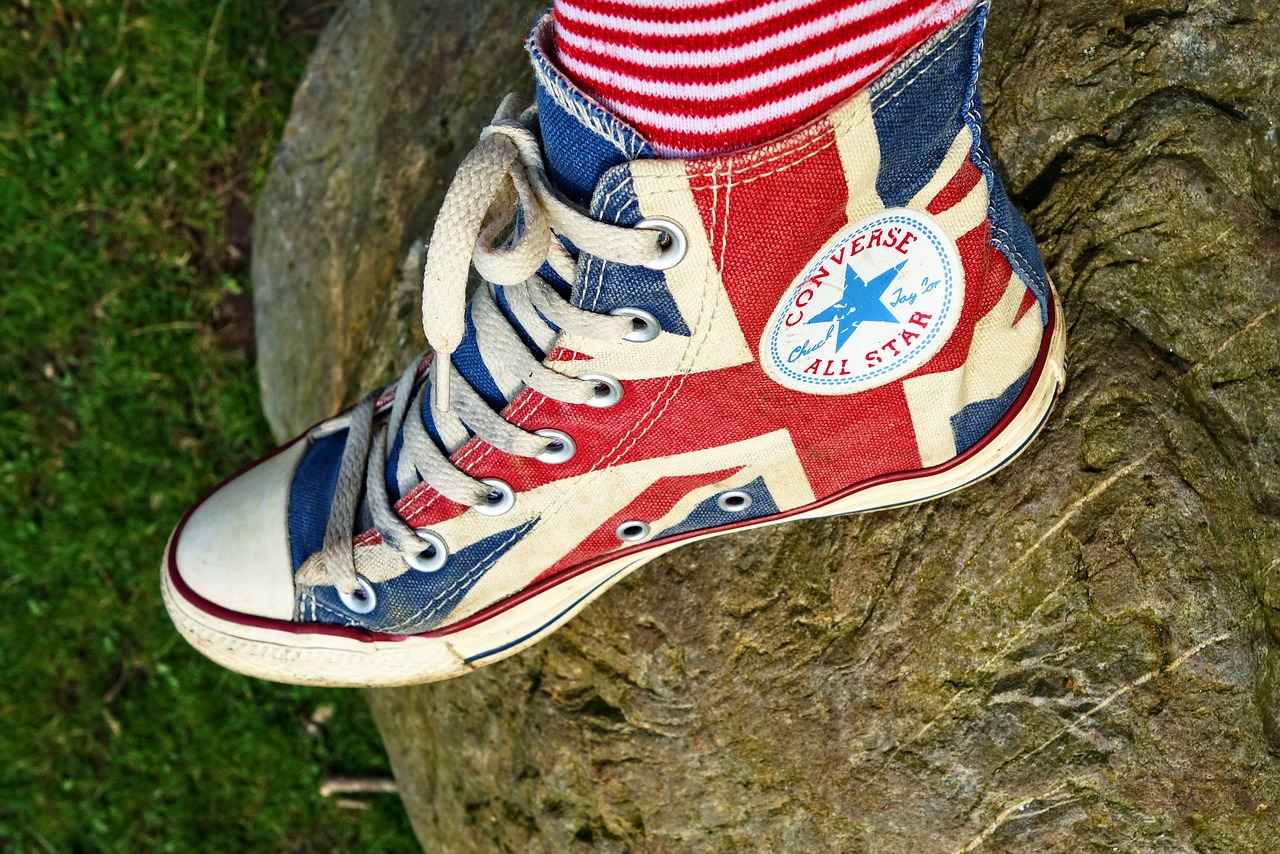
How Does New Balance Incorporate Sustainability in Their Designs?
Sustainability has become a cornerstone of New Balance’s design philosophy, reflecting a deep commitment to environmental stewardship. The brand recognizes the impact that the footwear industry has on the planet and is taking significant steps to address these challenges.
One of the primary methods New Balance employs in its sustainability efforts is the use of recycled materials. By incorporating recycled plastics and sustainable fabrics into their sneaker production, the company aims to significantly reduce waste and lower its carbon footprint. This approach not only conserves resources but also aligns with the growing consumer demand for environmentally responsible products.
New Balance’s sustainability initiatives extend beyond materials. The company actively seeks to reduce waste throughout its manufacturing processes. This includes optimizing production techniques to minimize excess material and energy usage. For instance, they have implemented innovative manufacturing technologies that streamline operations, thereby decreasing the overall environmental impact.
Another important aspect of New Balance’s commitment to sustainability is its focus on transparency. The brand openly shares information about its sourcing practices and the environmental impact of its products. This transparency fosters trust with consumers who are increasingly interested in the origins of the products they purchase.
Furthermore, New Balance collaborates with various organizations and initiatives aimed at promoting sustainability within the industry. By participating in partnerships that focus on environmental responsibility, the brand not only enhances its own practices but also encourages others in the industry to follow suit.
In summary, New Balance’s dedication to sustainability is evident in its use of recycled materials, waste reduction strategies, and commitment to transparency. These efforts not only reflect a strong sense of environmental responsibility but also resonate with consumers who prioritize sustainability in their purchasing decisions.
Recycled Materials in Sneaker Production
In recent years, New Balance has made significant strides in integrating recycled materials into their sneaker production processes. This commitment not only demonstrates their dedication to sustainability but also showcases their innovative approach to footwear design. By utilizing recycled plastics and eco-friendly materials, New Balance effectively reduces their carbon footprint while ensuring that their sneakers maintain the high-performance standards that athletes and casual wearers expect.
The incorporation of recycled materials in sneaker production begins with the careful selection of sources. New Balance sources materials such as recycled polyester and rubber, which are derived from post-consumer waste. This not only diverts waste from landfills but also conserves resources that would otherwise be used in the production of new materials. The result is a more sustainable product that aligns with the growing consumer demand for environmentally responsible practices.
Moreover, the use of these eco-friendly materials does not compromise the quality or durability of New Balance sneakers. In fact, many of these materials are engineered to enhance performance characteristics. For instance, recycled polyester can offer improved moisture-wicking properties, which helps keep feet dry and comfortable during intense physical activities. Additionally, the incorporation of lightweight materials contributes to a more agile and responsive sneaker design.
As consumers become increasingly aware of the environmental impact of their purchases, brands like New Balance that prioritize sustainability are seeing a positive shift in customer loyalty. The emphasis on recycled materials not only appeals to eco-conscious shoppers but also reinforces New Balance’s reputation as a leader in the footwear industry. By continuing to innovate and implement sustainable practices, New Balance is paving the way for a brighter future in sneaker production.
Impact of Eco-Friendly Materials on Performance
The impact of eco-friendly materials on sneaker performance is a topic of increasing importance in the footwear industry. As consumers become more environmentally conscious, brands like New Balance are stepping up to meet this demand without sacrificing quality or performance.
One of the most significant advantages of using eco-friendly materials is their lightweight nature. Traditional materials can often add unnecessary bulk to sneakers, which can hinder an athlete’s performance. However, materials such as recycled plastics and organic cotton are not only sustainable but also lightweight and durable. This results in a sneaker that feels less cumbersome and allows for greater agility and speed during physical activities.
Moreover, the breathability of eco-friendly materials is another critical factor that enhances performance. Sneakers made with materials like hemp or recycled polyester often provide superior ventilation compared to conventional options. This improved airflow helps to regulate temperature and moisture, keeping feet cooler and more comfortable during intense workouts. As a result, athletes can maintain their performance levels for longer periods without the discomfort that often accompanies traditional sneaker materials.
Additionally, the integration of these materials can lead to enhanced flexibility in sneaker design. Eco-friendly materials often allow for innovative designs that can adapt to the natural movement of the foot. This flexibility can translate into better support and stability, which are crucial for preventing injuries and optimizing performance.
In summary, the use of eco-friendly materials in sneaker production not only aligns with the growing demand for sustainable practices but also enhances overall performance. By offering lightweight, breathable, and flexible options, brands like New Balance are proving that sustainability and high performance can go hand in hand, ultimately benefiting both athletes and the planet.
Consumer Response to Sustainable Practices
In today’s marketplace, consumers are becoming increasingly aware of their purchasing decisions and the impact these choices have on the environment. A significant trend has emerged where shoppers actively seek out brands that demonstrate a commitment to sustainability and ethical practices. This shift in consumer behavior is particularly evident in the footwear industry, where brands like New Balance are leading the charge.
New Balance has recognized this evolving landscape and has made substantial efforts to integrate eco-friendly practices into their operations. By prioritizing sustainability, the brand not only appeals to environmentally conscious consumers but also enhances its overall brand reputation. As a result, customer loyalty has seen a positive boost, with many individuals choosing to support companies that align with their values.
One of the key strategies that New Balance employs is the use of recycled materials in their sneaker production. By incorporating recycled plastics and other eco-friendly components, the company significantly reduces its carbon footprint without sacrificing quality or performance. This commitment to sustainability resonates with consumers, who are increasingly inclined to choose products that are both stylish and environmentally responsible.
Furthermore, the impact of these eco-friendly materials extends beyond just environmental benefits. Many consumers report that they feel a greater sense of connection to brands that prioritize sustainability, which enhances their overall shopping experience. This emotional bond often translates into increased brand loyalty and positive word-of-mouth recommendations.
In addition to using sustainable materials, New Balance actively communicates its sustainability initiatives through various marketing channels. By sharing their goals and achievements, the brand effectively engages with its audience, building trust and transparency. This open dialogue not only informs consumers but also encourages them to participate in sustainability efforts, fostering a community of like-minded individuals.
As more consumers prioritize sustainability in their purchasing decisions, New Balance’s commitment to eco-friendly practices positions it favorably in a competitive market. By aligning their values with those of their customers, the brand not only enhances its image but also contributes to a more sustainable future.
Innovative Cushioning Technologies
Cushioning plays a crucial role in enhancing both comfort and performance in sneakers. New Balance has taken significant strides in developing proprietary cushioning technologies that not only provide optimal support but also ensure effective shock absorption for various activities.
One of the standout innovations is the Fresh Foam technology, which utilizes a unique, plush foam construction. This design allows for a more natural foot movement, adapting to the shape of the foot while providing a soft landing and a responsive toe-off. This makes it an ideal choice for both runners and casual wearers looking for a comfortable experience.
Another noteworthy technology is the FuelCell foam, engineered specifically for speed. FuelCell offers a propulsive feel, enhancing energy return and enabling athletes to achieve their best performance. This is particularly beneficial for competitive runners who require a lightweight yet responsive cushioning system to maximize their speed and efficiency.
In addition to these proprietary foams, New Balance integrates ABZORB cushioning, which combines foam and rubber to provide exceptional shock absorption. This technology is particularly effective in reducing the impact on joints during high-intensity workouts, making it a preferred choice for athletes engaged in rigorous training.
The combination of these innovative cushioning technologies not only enhances comfort but also contributes to the overall durability and performance of New Balance sneakers. By focusing on the specific needs of athletes and casual users alike, New Balance continues to push the boundaries of sneaker technology, ensuring that every step taken is supported and comfortable.
As the demand for performance-driven footwear grows, New Balance remains committed to refining its cushioning technologies, making them a key component of their sneaker lineup. This dedication not only improves the user experience but also solidifies New Balance’s position as a leader in the footwear industry.

How Do New Balance Sneakers Enhance Athletic Performance?
New Balance sneakers are engineered with a focus on enhancing athletic performance, making them a popular choice among athletes and fitness enthusiasts alike. The brand’s commitment to innovation is evident in their continuous development of technologies that cater specifically to the needs of high-performance users.
One of the key aspects of how New Balance sneakers enhance athletic performance is through the integration of advanced materials. These materials are not only lightweight but also provide superior breathability and support, enabling athletes to perform at their best without being weighed down. For instance, the use of engineered mesh uppers allows for optimal airflow, keeping feet cool during intense workouts.
Furthermore, New Balance has invested heavily in ergonomic designs that align with the natural biomechanics of the foot. This approach minimizes the risk of injuries by ensuring that the shoes work with the body’s movements rather than against them. The result is a more comfortable fit that enhances agility and speed, crucial factors for any athlete.
In addition to material innovations, New Balance has developed proprietary cushioning technologies that provide exceptional shock absorption. These cushioning systems are designed to respond to the unique needs of different sports, whether it’s running, basketball, or training, ensuring that athletes receive the support they need during their activities.
Another significant factor is the brand’s collaboration with professional athletes. By engaging with elite sports figures, New Balance gains valuable insights into the specific requirements and preferences of high-performance users. This collaboration leads to the development of products that not only meet but exceed expectations, thus enhancing overall athletic performance.
In summary, New Balance sneakers are crafted with a focus on improving speed, agility, and endurance through the use of advanced materials and ergonomic designs. By continuously innovating and collaborating with athletes, New Balance remains at the forefront of athletic footwear technology, ensuring that their products provide the performance enhancements that athletes need to excel.
Biomechanics in Sneaker Design
plays a crucial role in the development of athletic footwear, particularly in how New Balance approaches the creation of their sneakers. By leveraging extensive biomechanical research, New Balance aims to design shoes that not only fit well but also align perfectly with the natural movement of the foot. This alignment is essential in reducing the risk of injuries, especially for athletes who put significant strain on their feet during training and competitions.
One of the standout features of New Balance sneakers is their focus on ergonomic design. The company employs advanced technologies that analyze how the foot moves during various activities, such as running or jumping. This data is then utilized to create shoe structures that support the foot’s natural motion, enhancing overall performance. For instance, the incorporation of flexible materials allows the shoe to adapt to the foot’s movements, providing a customized fit that can improve speed and agility.
Additionally, New Balance integrates shock-absorbing technologies in their sneakers, which are designed to mitigate the impact forces that occur during high-intensity activities. This not only contributes to improved comfort but also significantly lowers the chances of injuries like stress fractures or plantar fasciitis. By focusing on the biomechanics of the foot, New Balance ensures that their footwear can withstand the demands of rigorous athletic performance.
| Biomechanical Features | Benefits |
|---|---|
| Ergonomic Design | Enhances natural foot movement |
| Shock Absorption | Reduces injury risk |
| Flexible Materials | Improves fit and comfort |
In summary, New Balance’s commitment to biomechanical research not only enhances athletic performance but also prioritizes the health and safety of athletes. This innovative approach sets New Balance apart in the competitive sneaker market, making their products a preferred choice for both casual and professional athletes alike.
Collaboration with Athletes for Product Development
In the ever-evolving world of athletic footwear, collaboration with professional athletes stands as a cornerstone of product development for New Balance. This partnership is not merely a marketing strategy; it is a fundamental approach that allows the brand to gather invaluable insights and feedback directly from the users who push the limits of performance.
By engaging with elite athletes, New Balance can understand the specific needs and preferences that come with high-performance activities. These athletes provide real-world testing and feedback on various aspects of the sneakers, such as fit, comfort, and durability. This process ensures that every product released meets the rigorous demands of competitive sports.
The collaboration extends beyond feedback; it involves co-creation. Athletes often work alongside designers and engineers to develop features that enhance performance. For example, the input from sprinters might lead to innovations in lightweight materials and responsive cushioning, while feedback from long-distance runners could focus on breathability and support. This collaborative approach not only informs product design but also aligns New Balance’s offerings with the latest trends in athletic performance.
Moreover, this partnership fosters a sense of trust and loyalty among consumers. When athletes endorse products that they have helped develop, it resonates with fans and aspiring athletes, who see these endorsements as a validation of quality and performance. New Balance’s commitment to collaboration exemplifies a deep understanding of the market, ensuring that their products are not only innovative but also authentic.
In summary, the collaboration with professional athletes is a vital component of New Balance’s product development strategy. It enables the brand to remain at the forefront of the athletic footwear industry by delivering products that are finely tuned to meet the demands of high-performance users.

What Role Does Technology Play in Customization?
In today’s fast-paced world, personalization has become a key factor in consumer choices, particularly in the footwear industry. New Balance stands out by integrating advanced technology into their sneaker customization options. This approach not only allows consumers to tailor their shoes for optimal fit and style but also enhances overall performance.
New Balance employs various technological innovations to facilitate a seamless customization experience. By utilizing state-of-the-art tools, customers can design sneakers that reflect their individual preferences and needs.
One of the most significant advancements is the use of 3D printing. This technology enables the precise creation of sneaker components, allowing for a perfect fit tailored to the user’s foot shape. With 3D printing, consumers can customize everything from the sole to the upper materials, ensuring both comfort and style.
New Balance offers intuitive digital platforms that guide users through the customization process. These platforms allow customers to visualize their designs in real-time, making adjustments to colors, materials, and features. This interactive experience not only enhances user engagement but also ensures satisfaction with the final product.
Customization goes beyond aesthetics. New Balance leverages technology to enhance the fit and performance of their sneakers. By analyzing data from various foot shapes and sizes, they create options that cater to specific athletic needs, improving comfort and reducing the risk of injury.
Incorporating feedback from consumers is another critical aspect of New Balance’s customization strategy. By listening to user experiences and preferences, the brand continuously refines its offerings, ensuring that each sneaker meets the evolving demands of its customers.
In conclusion, New Balance’s commitment to leveraging technology for sneaker customization not only personalizes the user experience but also elevates the standards of performance and comfort in the footwear industry.
3D Printing in Sneaker Customization
In the realm of sneaker customization, 3D printing technology has emerged as a revolutionary force, allowing brands like New Balance to offer unparalleled levels of personalization. This innovative technique enables the production of sneaker components that are not only tailored to fit individual foot shapes but also designed to reflect personal style preferences.
One of the most significant advantages of 3D printing in sneaker manufacturing is its ability to produce precise components. By utilizing advanced modeling software, designers can create intricate designs that cater specifically to the unique contours of a consumer’s foot. This ensures that each sneaker provides a comfortable fit that minimizes the risk of blisters and discomfort during wear.
Furthermore, the customization process extends beyond just fit. Consumers can choose from a variety of colors, patterns, and materials, allowing for a truly unique sneaker that resonates with their personal aesthetic. This level of customization fosters a deeper connection between the consumer and the product, as they can express their individuality through their footwear choices.
Additionally, the efficiency of 3D printing reduces waste in the production process. Traditional manufacturing methods often result in excess material and discarded prototypes. In contrast, 3D printing allows for on-demand production, which not only conserves resources but also aligns with sustainability goals that many consumers prioritize today.
As technology continues to advance, the potential for 3D printing in sneaker customization is limitless. Brands are exploring new materials that could further enhance performance characteristics, such as weight reduction and breathability, while maintaining the personalized touch that consumers desire.
In summary, 3D printing technology is transforming the sneaker industry by enabling precise customization that meets the diverse needs and preferences of consumers. This innovation not only enhances the fit and design of sneakers but also promotes a more sustainable approach to footwear manufacturing.
Digital Platforms for Personalized Experiences
In today’s fast-paced world, personalization has become a cornerstone of consumer experience, particularly in the footwear industry. New Balance has embraced this trend by integrating digital tools and applications that allow users to create custom sneaker designs tailored to their individual preferences. This innovative approach not only enhances user satisfaction but also transforms the way consumers engage with their footwear choices.
With the advent of technology, sneaker customization has evolved into a seamless and interactive process. Users can effortlessly navigate through various digital platforms that offer an extensive range of options for customizing their sneakers. These platforms enable consumers to select colors, materials, and even add personal touches such as initials or unique patterns. The result is a product that reflects the unique identity of the wearer.
One of the most significant advantages of these digital customization tools is the ability to visualize the final product before making a purchase. Consumers can see how their choices come together in real-time, ensuring that they are completely satisfied with their design. This feature not only boosts confidence in purchasing decisions but also minimizes the likelihood of returns due to dissatisfaction.
- Enhanced User Engagement: By allowing users to participate in the design process, brands create a deeper emotional connection with their customers.
- Improved Satisfaction: Customization leads to a higher level of satisfaction, as consumers feel they are receiving a product that is uniquely theirs.
- Streamlined Experience: Digital tools simplify the customization process, making it accessible to a broader audience.
Moreover, the integration of 3D modeling technology further enhances the customization experience. This allows users to see a three-dimensional representation of their sneaker design, providing a more accurate depiction of how the final product will look. As a result, customers can make informed decisions, leading to increased satisfaction and loyalty.
In essence, the fusion of technology and customization in sneaker design is reshaping the consumer experience. As New Balance continues to innovate in this space, they not only meet the demands of modern consumers but also set new standards for personalization in the footwear industry.

The Future of Sneaker Technology at New Balance
As the world of footwear technology advances, New Balance stands at the forefront, ready to redefine sneaker innovation. The company is actively exploring a range of new materials and designs that not only enhance performance but also emphasize sustainability. This dual focus is transforming the sneaker landscape, appealing to both athletes and environmentally conscious consumers.
New Materials for Enhanced Performance
New Balance is continuously researching and integrating advanced materials that offer superior breathability and support. For instance, the use of engineered mesh and lightweight synthetic fabrics allows for a more comfortable fit, reducing weight without compromising durability. These innovations cater to the needs of athletes who require responsive footwear that can withstand rigorous training.
Sustainable Practices in Manufacturing
In their quest for sustainability, New Balance is committed to using recycled materials in their sneaker production. By incorporating recycled plastics and other eco-friendly components, the brand significantly reduces its environmental impact. This commitment not only reflects corporate responsibility but also resonates with consumers who prioritize sustainable choices.
Performance Meets Eco-Friendliness
Interestingly, the integration of sustainable materials does not detract from performance. In fact, many eco-friendly options enhance the functionality of the sneakers, providing lightweight and breathable designs that are ideal for athletes. This balance of performance and sustainability is increasingly becoming a hallmark of New Balance products.
Consumer Trends Towards Sustainability
As more consumers gravitate towards brands that demonstrate a commitment to the environment, New Balance’s sustainable practices have fostered a positive perception and increased customer loyalty. This shift in consumer behavior highlights the importance of aligning brand values with those of the target audience.
In summary, New Balance is not just keeping pace with sneaker technology; it is leading the charge towards a future where performance and sustainability coexist harmoniously. By investing in innovative materials and sustainable practices, New Balance is setting a new standard in the footwear industry.
Frequently Asked Questions
- What are the latest innovations in New Balance sneakers?
New Balance has rolled out a range of exciting technologies, like advanced cushioning systems and breathable materials. These innovations are designed to boost both performance and comfort, making them perfect for athletes and casual wearers alike.
- How does New Balance incorporate sustainability in their designs?
Sustainability is a top priority for New Balance. They focus on using recycled materials and minimizing waste during production. This commitment not only helps the environment but also reflects their dedication to responsible manufacturing practices.
- How do New Balance sneakers enhance athletic performance?
New Balance sneakers are engineered to improve speed, agility, and endurance. By integrating advanced materials and ergonomic designs, they help athletes perform at their best while reducing the risk of injury.
- What role does technology play in sneaker customization?
Technology plays a crucial role in sneaker customization at New Balance. With options like 3D printing, customers can achieve a perfect fit and personalize their sneakers to match their style and performance needs.
- What can we expect from the future of sneaker technology at New Balance?
The future looks bright! New Balance is continuously exploring new materials and innovative designs that prioritize both performance and sustainability, ensuring they stay at the forefront of sneaker technology.

